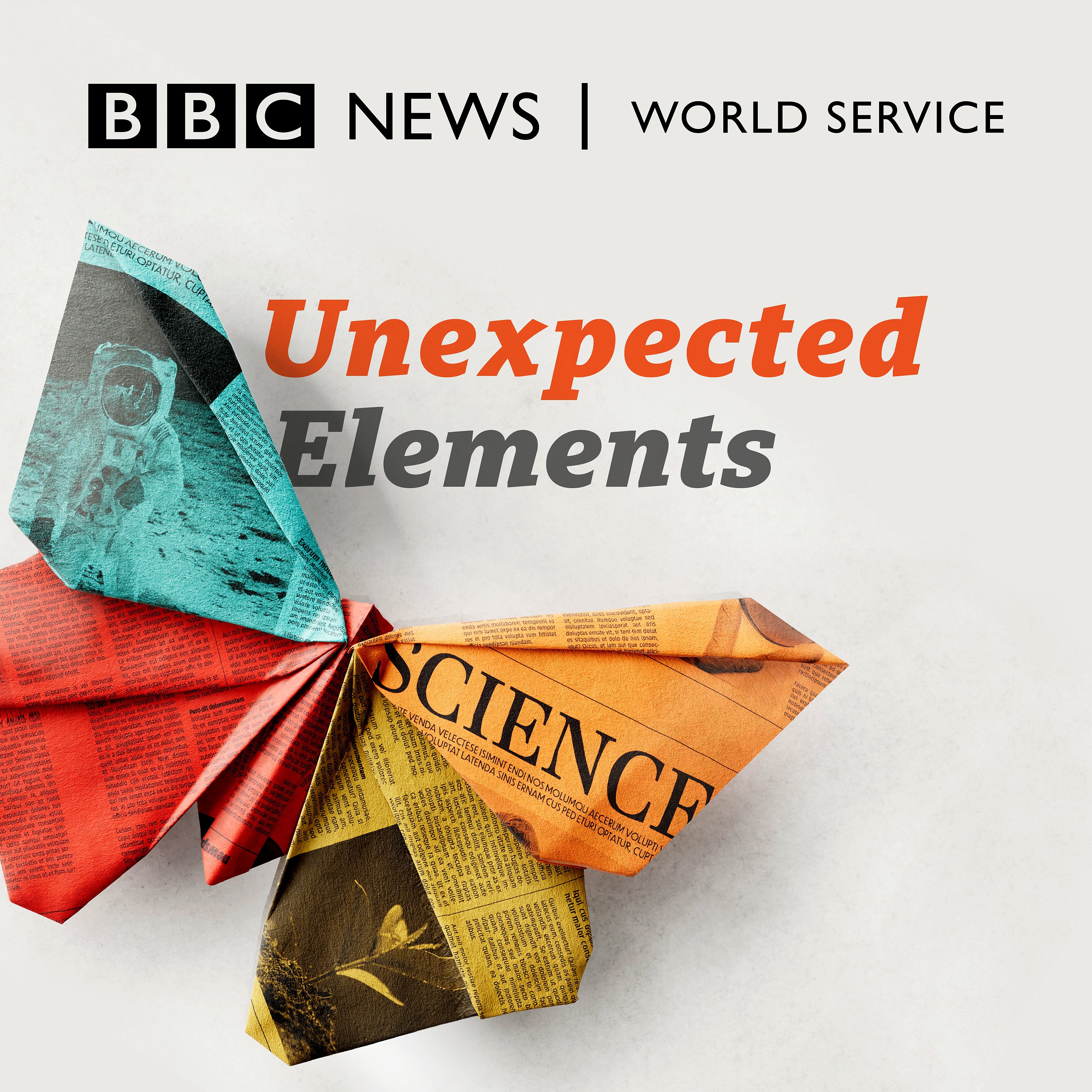Fusion milestone
Description
Fusion milestone - the science behind the headlines.
Laser fusion expert Kate Lancaster walks us through the technology that produced energy gain at the US's National Ignition Facility NIF
Whirlwinds on Mars
What the sounds of a dust devil passing over NASA's Mars Perseverance Rover tells us about the Martian atmosphere
75 years of the transistor electronics revolution - where next for Moore's Law?
December 16th 1947 was the day the first ever transistor device passed an electrical current. Trillions are made every day these days, powering our interconnected world. Roland recalls meeting some of the pioneers for the 50th anniversary, including Gordon Moore, and hears from Berkeley Dean of engineering Tsu-Jae King Liu how the revolution will continue for another 25 years.
CrowdScience listener David was sanding down a door frame when he began wondering: Why it was that a rough thing like sandpaper is used to make another thing smoother? And furthermore, why does the process produce so much heat?
We try to reduce friction in some cases by using lubricants, whilst at other times like braking at a traffic junction we depend upon friction entirely. Anand Jagatia heads to Edinburgh in Scotland, UK, to meet some true masters of this mysterious force: Curling players. What exactly is friction, and does thinking about it tell us something deeper about the universe?
More Episodes
These days, over a trillion semiconductor microchips are made and shipped each year. The industry is worth eye-watering amounts, and since the 2020-2023 global shortage, nearly all governments are trying to get a slice of the industrial wafer.
But what was it like just 40 years ago trying to get...
Published 04/19/24
Published 04/12/24
Beyonce's new album tops the charts with a reappraisal of who can do country music and the Unexpected Elements team has a hoedown. Panellist Christine Yohannes unearths new research that changes our understanding of the origins of cowboys. Chhavi Sachdev has a thing or two to teach Beyonce as she...
Published 04/12/24


